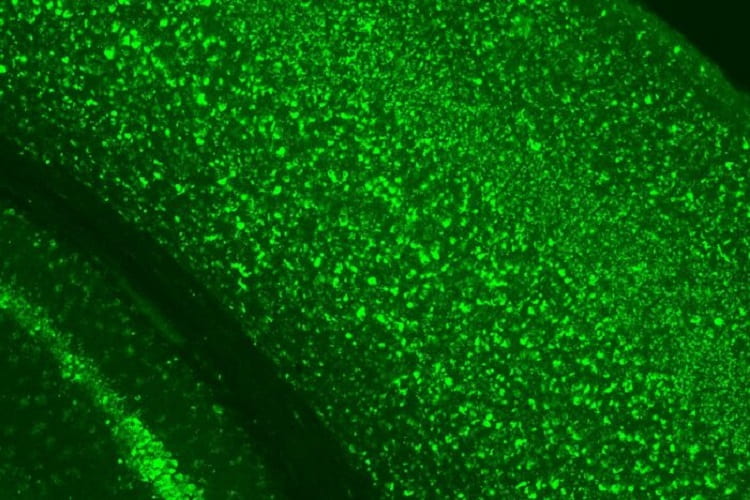At birth, the children appear healthy. But within a few years, toddlers and young children with infantile Batten disease, a rare but fatal brain disorder, succumb to blindness, seizures, dementia and become unable to walk. No cure exists, and most die in early childhood.
But new research in animals by scientists at Washington University School of Medicine in St. Louis and the Roslin Institute at the University of Edinburgh in Scotland suggests enzyme replacement therapy may slow brain degeneration. The Washington University researchers evaluated the therapy in mice, and researchers in Scotland evaluated the treatment in a sheep model of the disease. The findings underscore potential treatments for the genetic condition, also known as CLN1 disease.
The study was published recently in the Journal of Clinical Investigation.
“Our work has shown the potential for a new therapy to treat this devastating fatal disease,” said the study’s co-senior author, Jonathan D. Cooper, PhD, a professor of pediatrics, of genetics and of neurology at Washington University. “Not only did we improve the disease in mice, but we were successful in scaling it up to have similar partial efficacy in the much larger brain of a sheep model of the same disease. Our goal is to be able to treat children with Batten disease, and this is an important step forward.”
